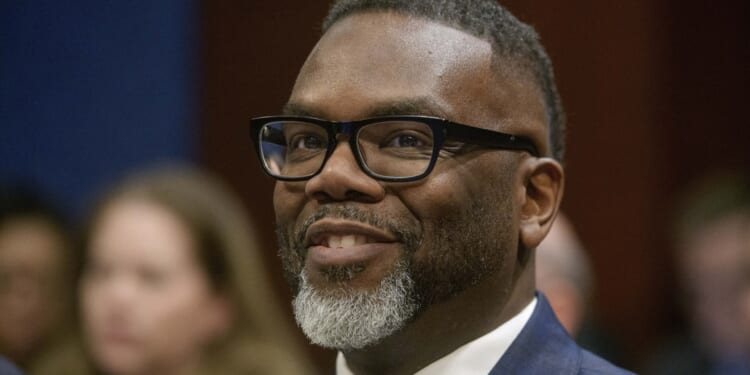Pensions and debt dominate Chicago’s spending increases, crowding out core services. Without reform, rising obligations will drag the city into deeper financial trouble.
Chicago’s budget has grown by about 40% since 2019, but the biggest reason isn’t better services, it’s pensions and debt.
Each dollar to city debt is a dollar not spent on public safety, infrastructure, or education. By restoring financial discipline and urging Springfield to pursue a constitutional amendment allowing pension reform, the city could free up more space in the budget for the services residents need.
Pensions and debt have risen from $3.28 billion in 2019 to $4.91 billion in 2025. Today’s costs alone would have swallowed more than half of the entire 2019 budget.
During the past six years, Chicago’s total budget has grown by $3.53 billion, reaching $12.39 billion in 2025. Almost half of that growth, or about 46%, went to pensions and debt service. That means almost as much new money went to paying past promises as to everything else in the budget combined.
New York City spends roughly 17% of its budget on pension and debt service, while Los Angeles spends about 11%. Chicago’s share of 40% is double that of other major cities.
Years of underfunding, poor forecasting on cost of living over time and weak investment returns have contributed to Chicago’s pension debt build-up. The result: liabilities keep compounding, slowly bankrupting the city.
Recent policy choices have also made things worse. The pension “sweetener” signed by Illinois Gov. J.B. Pritzker pushes Tier 2 police and firefighter pension plans closer to Tier 1 benefits. This would cost $52 million to implement in its first year, and add $11.1 billion in total liabilities by 2055. The city’s CFO Jill Jaworski claims Pritzker’s change has rendered Chicago’s funds “technically insolvent.”
Chicago’s worst-funded pension plans – firefighters, municipal and police – are only about 25% funded. For every dollar promised, the city has only set aside a quarter. According to the Equable Institute, a resilient pension plan is around 90% funded or more.
The recent pension sweetener may drop police and fire funds to 18% funded, pushing them closer to insolvency.
Because pension costs have ballooned beyond property tax revenue, the city has been raiding its corporate fund and issuing more debt to make up the difference. Corporate fund contributions have soared from $136.8 million in 2019 to $943.4 million in 2025, roughly a sevenfold increase, yet the city’s pensions remain underfunded.
This creates a nasty cycle. Pension debt grows, interest climbs, property taxes rise and core services and long-term investments are crowded out of the budget.
All this unproductive debt makes future borrowing more expensive too. In January, Standard & Poor’s downgraded Chicago’s bond rating to BBB, the same as Greece. This means Chicago is just two grades above junk status. Each downgrade diverts more money from services to debt payments, deepening the cycle of rising costs and shrinking investment.
Fixing Chicago’s pensions requires a constitutional amendment. Without it, the city can’t reform benefits. Until that happens, restraining spending, limiting new debt and prioritizing core services can at least slow the bleeding.
One possible reform is offering optional pension buyouts, letting workers take a portion of their pension upfront in exchange for smaller annual benefits later. These reforms have already reduced Illinois pension liabilities by $1.4 billion.
Chicagoans don’t have to keep paying more and getting less. If Springfield acts to allow real reform, and city leaders choose budget discipline, Chicago can get its finances back on track. These steps and other measures to get there are outlined in Illinois Policy Institute’s report, Chicago Forward 2026.










